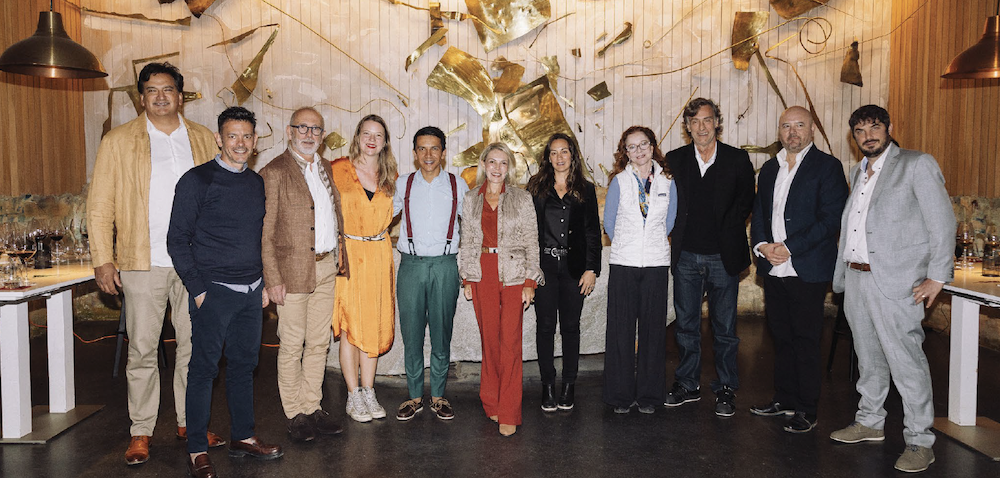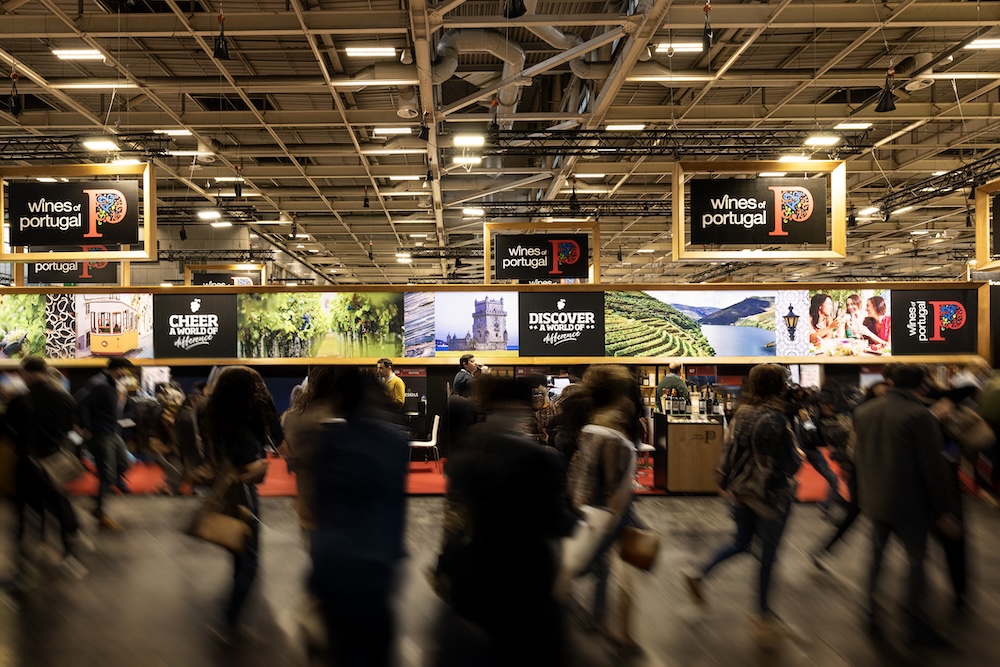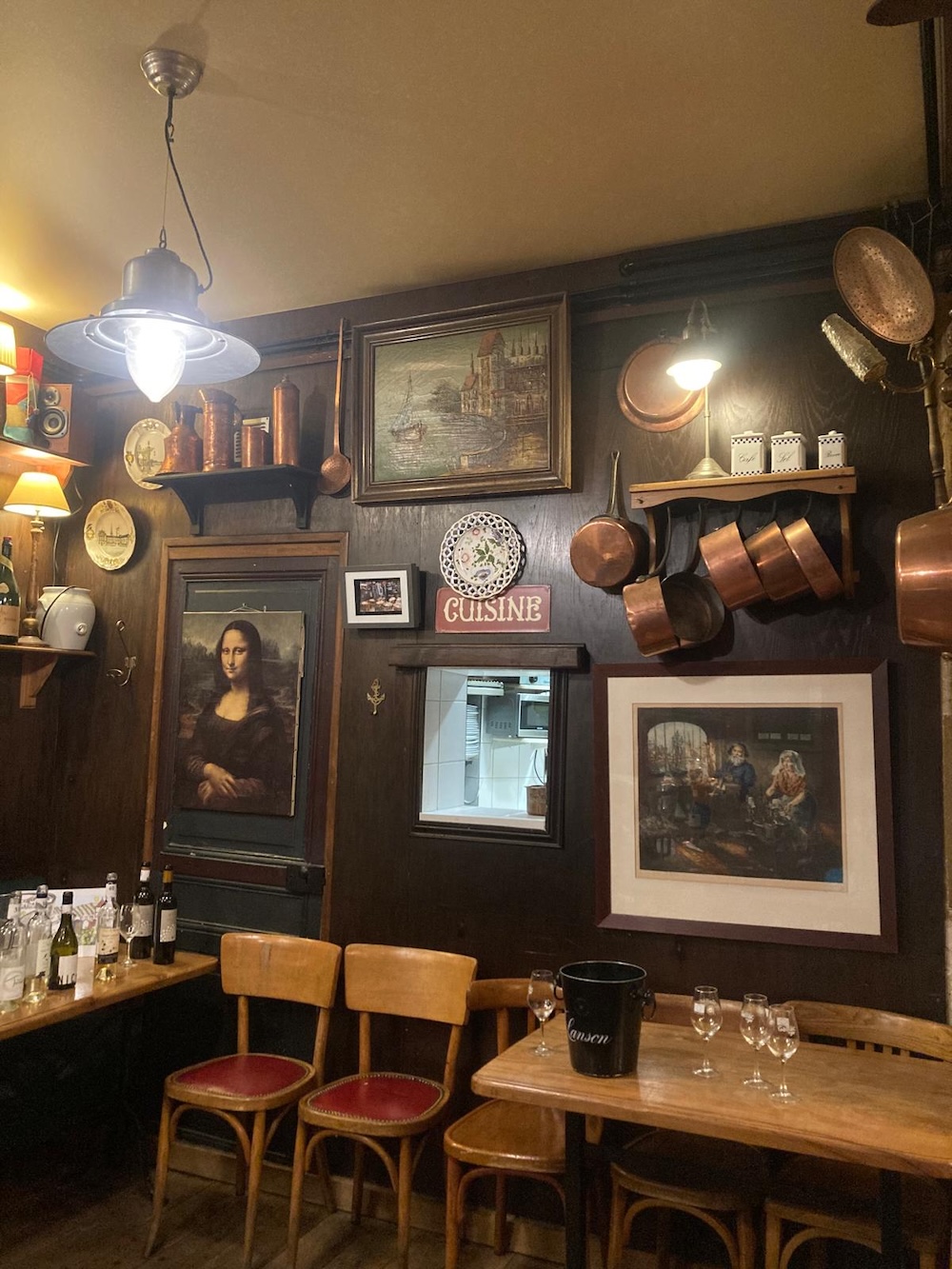
Discovery

Discovery
By Jean-Paul Burias - Photographs: courtesy of the estates, posted on 06 February 2023
Navigating amongst the shadows cast on them by the Grands Crus Classés and the Crus Bourgeois, it could seem that Médoc Crus Artisans suffer from a lack awareness. But these often long-standing, boutique estates spread across all the Médoc appellations in the world’s most famous wine region focus on site-expressiveness and most certainly deserve a visit.
From the shores of the Atlantic Ocean to the outskirts of Bordeaux, the Médoc boasts an exceptional location, felicitous ocean climate and unique soils. On the left bank of the Garonne, its 8 appellations, including two sub-regional AOCs, Médoc and Haut-Médoc, and 6 village-designated appellations – Saint-Estèphe, Pauillac, Saint-Julien, Moulis-en-Médoc, Listrac-Médoc and Margaux –cover 16,000 hectares of world-class vineyards. Within this storied region with its legendary and characterful labels, Médoc Crus Artisans have also made their mark with a new-found drive over the past 35 years. The term ‘Cru Artisan’ stems from a classification which, until the 19th century, made a distinction between the ‘Crus Bourgeois’, ‘Crus Paysans’ and ‘Crus Artisans’ within the region, based on the social status of the vineyard owner. Some of them stemmed from a secondary line of business of local craftsmen, from the cooper to the wheelwright and the blacksmith. The term could at the time be occasionally pejorative and not very rewarding, but it has since evolved and led to the emergence of a quality endorsement. In 1989, the Crus Artisans du Médoc producers’ organisation spearheaded an initiative to regulate the Cru Artisan designation and secure recognition under European law. Five years later, the European Commission officialised the designation by including it on the list of protected traditional statements, allowing it to be featured on bottles. Each applicant for the 8 Médoc appellations must therefore comply with strict specifications in order to be awarded the coveted designation for five years. It is attributed to small and medium-sized independent farms, where the person at the helm takes part in every task in the vineyard and the winery, right through to marketing and management as the decision-maker at every level. “The specific feature of the Cru Artisan is the strong connection between the wine and the winegrower”, says Patrice Belly, who manages Château Tour Bel Air. “We make personalised wines that are less standardised than those of certain colleagues who make good wine but perhaps shy away from taking as many initiatives”. This mantra is one shared by many of the estates.

Six kilometres from the Gironde estuary and the legendary appellations of Saint-Estèphe and Pauillac, Château Tour Bel Air has established itself as a benchmark for Médoc Crus Artisans. Its 7.5 hectares of vines are distributed over 5 closely located blocks, the oldest of which is 50 years old and the youngest 10. Two thirds of the vineyards are situated in clayey gravel areas, where vines thrive, and one third in sandy soil with less gravel, on a layer of compact, shallow clay, which is also conducive to quality. Agricultural engineer Patrice Belly skilfully produces wines like his Prestige label. Made from a selection of the finest vineyard blocks on the estate, it is seductively elegant with balanced suppleness and tannins. “My wines reflect my personality and from one year to the next, they have a family resemblance”, he stresses. “Due to the size of the estate, I know my vineyard blocks like the back of my hand. In each one, I identify the best quality rows of vines. Everything we do to promote quality, from work in the vineyard to the winery is done by two employees and myself. The goal is to produce wines that are quite supple, often rounder than the norm within the appellation and above all not wood-dominant”.

Sometimes reputations can be established within a short space of time. The impressive story of Château Haut Couloumey began in Lesparre-Médoc in 1998. As a young graduate, Pascal Sallenave decided to found his own winery after gaining experience on a Médoc estate. After planting vines, he produced his first vintages in a co-operative winery. Then, keen to branch out on his own, he converted his grandfather's old barn into a winery and started making his own wines on the property in 2003. The estate’s vineyard extends over 14 hectares, 4 of them leased, on sandy gravelly soils. It is planted to three grape varieties, spearheaded by Merlot (75%), followed by Cabernet Sauvignon (20%) and Cabernet Franc (5%). “Our proportion of Merlot makes us fairly unusual because most Médoc wines are made from Cabernet”, explains Sallenave. “This yields wines that are round and drink well from a young age”. In addition to its loyal private customers, the estate has also developed sales with a trading company focusing on exports which markets, inter alia, its premium tank-aged Méline label and Manon, matured in barrels.

In the Brun family, passion is shared from one generation to the next and this art is perfectly demonstrated by Jean-Pierre Brun and his two children Sophie and Olivier who skilfully manage the production side. Set between Pauillac, Saint Julien and Margaux, Château Grand Brun has been classified as a Médoc Cru Artisan since 2005. Its 10.5 hectares in Haut-Médoc are complemented by 2 hectares in Bordeaux Supérieur. In 1987, after studying viticulture and oenology, Olivier Brun joined his father on the estate. A year later, he created the Château Grand Brun brand and made his first wines in the family cellar, before being joined by his sister Sophie in 2003. “We have been a family business for six generations”, she explains. “Being a Cru Artisan implies being constantly involved in the estate at every stage from viticulture to winemaking, including marketing and direct sales, while sharing our passion with our customers”. This goal is achieved to perfection with wines that show beautiful aromatic intensity with notes of dried apricot and red fruit jam and rounded tannins that produce subtle, appetising wines.

Created in 1987, Château d'Osmond boasts 9 hectares of vines being converted to organic near Pauillac and Saint-Estèphe. Since the 2021 harvest, Frédéric Morlier, the estate’s new owner, has been passionately building on the work of his predecessors and aims to further maximise the quality of this Médoc Cru Artisan. He produces around 50,000 bottles per year. The vineyard is planted in narrow rows on sandy-gravelly soil that promotes quality vine growing. The varietal range is split between 50% Merlot, 36% Cabernet Sauvignon, 9% Petit Verdot and 5% Cabernet Franc. “The Cru Artisan designation refers to a small property”, comments Morlier. “It imbues the process with an authentic, family spirit that is accessible to a wide audience. The identity of a Cru is forged through its ability to engage with its visitors and customers. We show off our facilities, vines, vats and barrel cellar. We explain our choices and let people taste our wines in a transparent and simple way”. Wine enthusiasts are not just interested in prices, they feel the need to sense a winegrower’s ethos through discovery and tasting. “There seems to be renewed interest today in the authenticity of Crus Artisans”, believes Morlier. “Private customers represent an important part of our sales with regular export markets in Japan, the United States, Belgium, Senegal, Cameroon and Portugal”.


Since 2017, the year of the last classification, 36 properties have been classified as Médoc Crus Artisans for the 2017 to 2021 vintages – the classification is reviewed every 5 years. Each property nurtures its own distinctive identity, and its differences, through the choice of production techniques. It is probably easier for them to foster a closer relationship, as they do, with their customers than for other top appellations. The personality of the winegrower adds value through individual experiences, history and expertise, all of which are perfectly conveyed to customers. These advantages are further strengthened by price points which, though not entry-level, remain accessible considering the quality of the wines. Crus Artisans revolve around regionality, terroir and a close rapport with consumers, allowing them to align with current market demands – artisanal is highly valued by consumers. Now recognised in France, Médoc Crus Artisans need to move to a new level in their development and expand their international reach. This is a major challenge for a category where many estates do not necessarily have the time or the logistics to approach importers. But the quality of the wines is their precious trump card.

Discovery

Discovery

Discovery